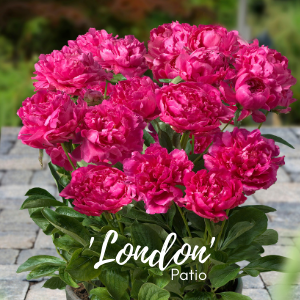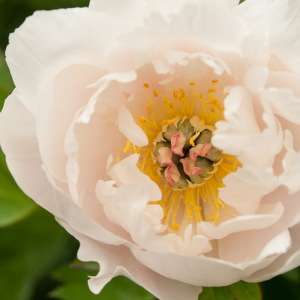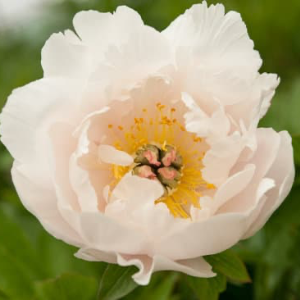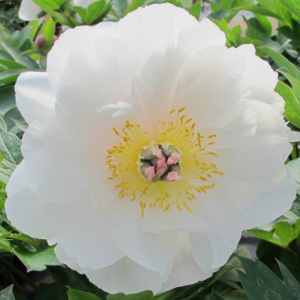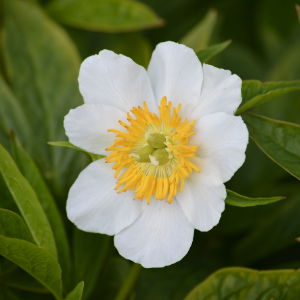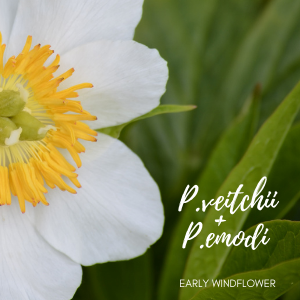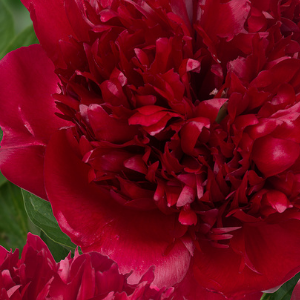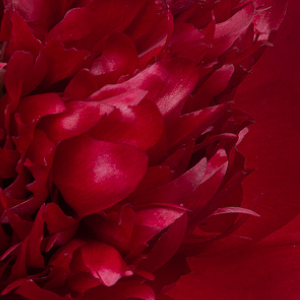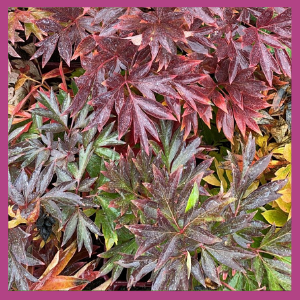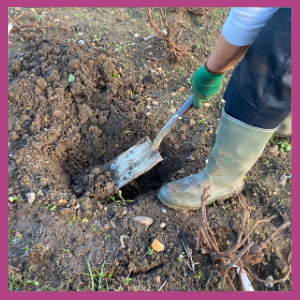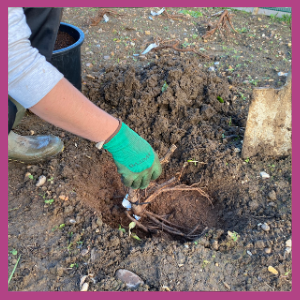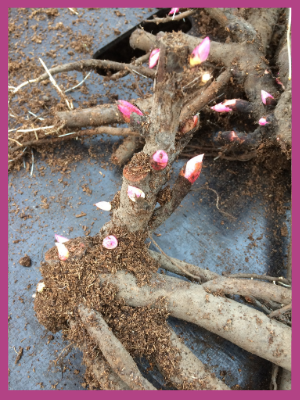The unexpectedly cold weather we experienced in April made our peonies afraid to put their heads out.
And understandably so. Those sub-zero temperatures were a shock to us too - we had to get all our winter woollies out of storage!
Like us, after the warm spell in March, you were probably all geared up to get to work on your garden over Easter. But with temperatures peaking in the single digits and snow in some areas during April, that just didn’t happen.
We hope those overnight frosts didn’t kill too much of your garden off.
Chief horticulturalist at the Royal Horticultural Society, Guy Barter, said: “Overnight frosts in April are dreaded by gardeners. Magnolia and camellia flowers are ruined, fruit blossom and young fruitlets including pears and apples are spoiled and the tender tips of potatoes will be burnt off if they appear above ground. Gardener’s hearts are in their mouths through April as they anxiously scan the weather forecasts for frost warnings ready to rush out and cover vulnerable plants to ward off damage.”
THE UPDATED FLOWERING SCHEDULE
Understandably, flowering season has been considerably delayed and we feel your frustration.
Typically, tree peonies are the first to bloom followed by herbaceous and intersectional. Intersectional or Itoh peonies often flower twice as long as tree peonies.
The following is a general guideline of the flowering season for peonies in the UK.
Weather conditions and your specific location will affect this timing. However, due to the cold weather we experienced you can expect these time estimates to be delayed by approximately 3-4 weeks.
Very Early - flowering begins late April
Early - flowering begins early May
Mid - flowering begins mid-late May
Late - flowering begins early June
LATE SEASON BLOOMERS
With all this talk about late flowering, let’s have a look at some of the late bloomers beautiful faces we should be seeing near the end of this month (pictured right):
Paeonia ‘Old Faithful’
Herbaceous perennial with finely cut dark green foliage and fully double velvety red flowers. Vigorous, must-have plant.
Paeonia lactiflora ‘Couronne d’Or’
A herbaceous perennial with finely cut dark green foliage and large double flowers comprising ivory coloured outer petals and red/yellow flecked centres. Excellent cut flowers.
Paeonia lactiflora ‘Nippon Beauty’
A herbaceous perennial with finely cut dark green foliage with large, fragrant, single flowers with ruby red outer petals and red feathery centres with cream coloured edging. Striking and will flower heavily.
Paeonia lactiflora ‘Sword Dance’ AGM
Large, deep wine-red guard petals and golden staminoids, Japanese style peony. A show-stopper!
Paeonia lactiflora ‘Bowl of Beauty’
This classic, long lived perennial has very large flowers with carmine pink outer petals and lots of tiny creamy petals in the centre.
Paeonia lactiflora ‘Felix Crousse’
A herbaceous perennial with finely cut green foliage and a heavily scented stunning double magenta red flowers.
Paeonia lactiflora ‘Sarah Bernhardt’ AGM
This excellent example of the classic, long lived perennial has very large, double, fragrant rose-pink flowers. The inner petals are ruffled and have silvered margins.
Paeonia lactiflora ‘Sorbet’
Herbaceous perennial with attractive foliage and large, fragrant, double soft pink flowers with cream coloured frills.
After flowering season it is best to deadhead your peonies, cutting off the flower heads.
If you deadhead the peony stems after blooming, the energy can be used for future stem and root growth instead of making seeds.






























